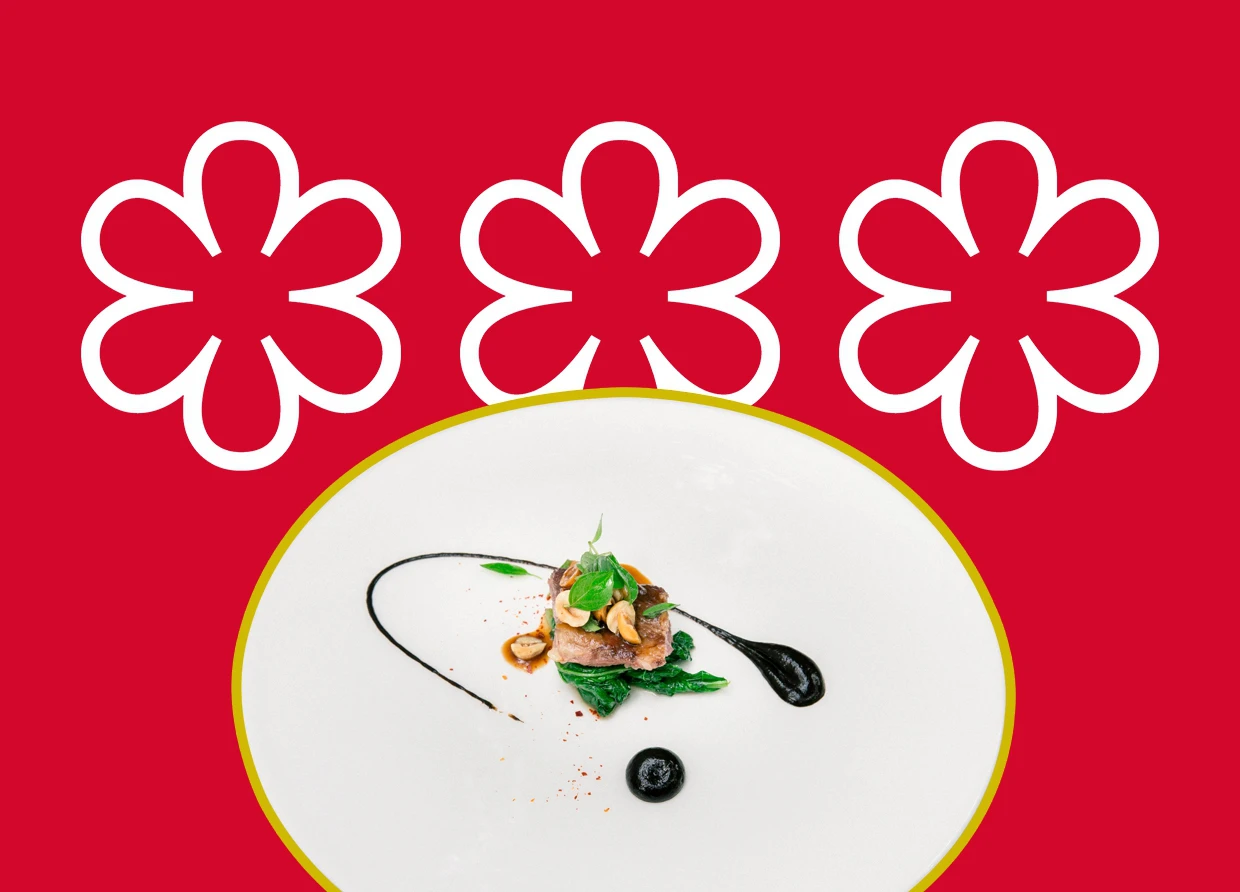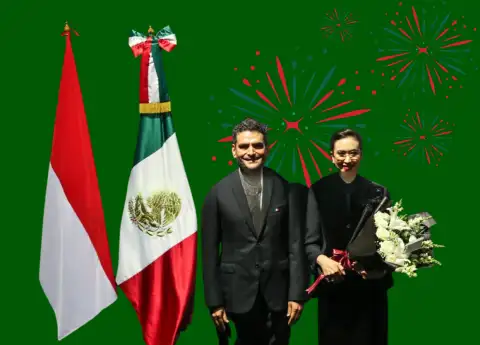MICHELIN STAR: THE PRESTIGIOUS INDICATOR FOR HIGH-END RESTAURANT
What is the difference between 1, 2, and 3 Michelin stars?

I am starting to familiar with the Michelin stars restaurans since I know that one of the dining restaurants of Gordon Ramsay has got the Michelin star. A Michelin star is the ultimate hallmark of culinary excellence. Michelin stars are awarded to the restaurants judged to be of a particularly high standard. Eateries that make the grade can be awarded one, two, or three stars, and the accolade is much-coveted by chefs around the world.
The star system was first introduced in 1926, with a single star. The second and third stars were added in 1933.
The Michelin Guide has been published annually since 1900 and was originally intended to help drivers find mechanics, hotels, and of course, good restaurants, on their travels.

What is the difference between 1, 2, and 3 Michelin stars?
- One Michelin Star: “A very good restaurant in its category” (Une très bonne table dans sa catégorie)
- Two Michelin Star: “Excellent cooking, worth a detour” (Table excellente, mérite un détour)
- Three Michelin Star: “Exceptional cuisine, worth a special journey” (Une des meilleures tables, vaut le voyage).
Michelin star ratings
Michelin gives out up to three stars, with only the world’s greatest dining establishments attaining that coveted third star. But what does each star mean? According to the guide, one Michelin star represents a “very good restaurant in its category,” while two stars denotes a restaurant boasting “excellent cooking” that is “worth a detour.” Three stars, however, is the ultimate accolade, afforded only to those restaurants that offer “exceptional cuisine” that is “worth a special journey.”
How to earn stars
Although the process is seemingly random from a restaurant’s perspective, there are in fact several steps that can be taken to increase the likelihood of receiving Michelin stars:
Meticulousness
A restaurateur needs to treat every night as if it is the night of a Michelin inspection, and chefs and staff must be meticulously trained to ensure everyone is working together and on the same page. By ensuring that every diner’s experience on any given night is as exceptional as possible, only then will a restaurant be in the running for a Michelin star.
Train under Michelin-starred chefs
For a chef seeking a Michelin star, it can be beneficial to train under a chef who has already earned one or more. By becoming the protégé of a chef who’s already earned the respect of Michelin, an up-and-comer aspiring toward Michelin stardom can more easily get on Michelin’s radar.
Discipline
It’s been said that cooking is an endless quest for perfection that can never be achieved. Only those with the desire and discipline to be the best will make the cut to become Michelin’s next culinary superstars.
Investment
While it may be tempting to bank a restaurant’s profits, that’s not going to win a Michelin star. The key is to use those profits to further invest in the restaurant to improve the decor, better train staff, source higher-quality ingredients, etc.
If a Michelin inspector sees a restaurant, no matter how good, constantly striving to improve instead of simply resting on its laurels, this could make all the difference. It’s not unheard of for a restaurant to spend millions on improvements and then earn the money back (and then some) thanks to the increased revenues that can come from a Michelin star.
Mastery
If you were raised in a kitchen in Spain where you learned the secrets of traditional Basque cuisine at your grandmother’s tutelage, why would you open a sushi restaurant in Tokyo? It makes sense for a chef to cook the type of food he or she is most comfortable with. Only by attaining a mastery of a particular cuisine will a chef then be able to push the boundaries and propel it in bold, new directions.
Creativity
Being on the cutting edge of new food trends, with a relentless pursuit of excellence combined with a drive to push the envelope, is a great way to attract Michelin’s attention. The Michelin Guide would have a tough time ignoring an innovative chef whose cuisine is being talked about as the “next big thing” in the food world.
The finest ingredients
As any great chef will confirm, ingredients are key. With this in mind, Michelin-starred chefs have been known to personally source unique, hard-to-find ingredients, forging relationships with farmers, artisan bakers, cheese-makers and the like in order to work with the only the best, most unique ingredients possible. Cutting corners is not the way to a Michelin star.
Walk to canossa
This term refers to King Henry IV before the pope and offering penance. It’s also the nickname for the practice (which was apparently quite common up through the 1980s) in which chefs aspiring toward Michelin stardom would journey to Paris in order to meet with the guide’s editors and make a case explaining why their restaurants deserved consideration. Although not as common as it once was, rumour has it this still takes place on occasion.
#THE S MEDIA #Media Milenial #michelin star restaurant



























